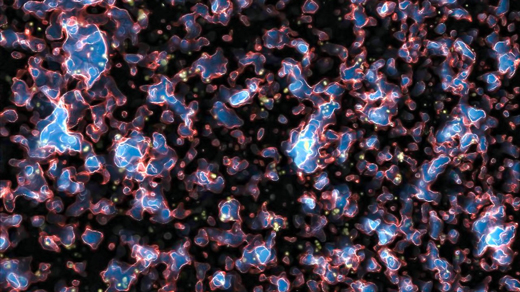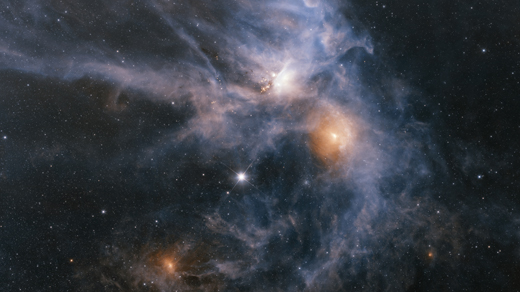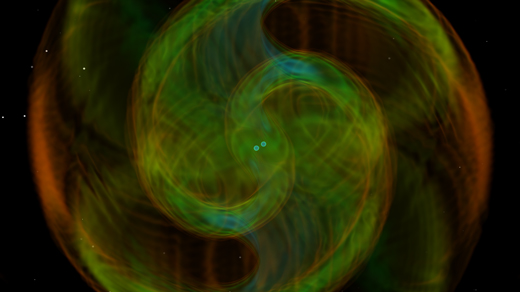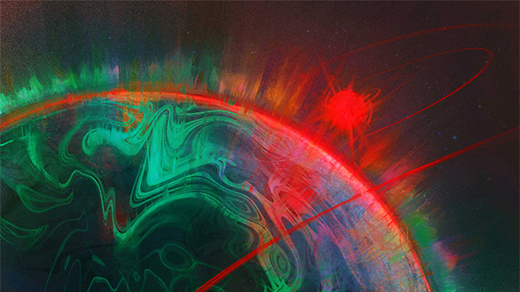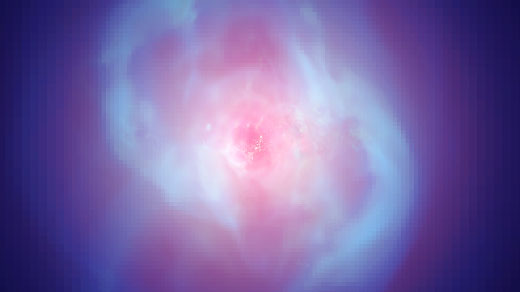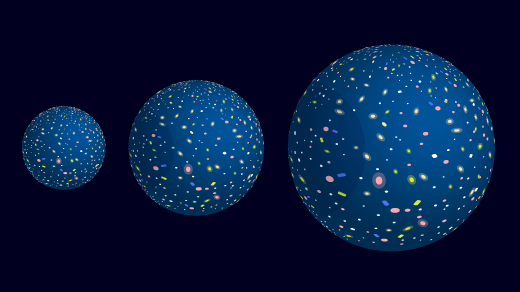What's up in
Astrophysics
Latest Articles
How the Cosmic Dark Ages Snuffed Out All Light
The recent discovery of some of the first galaxies in the universe illuminates the darkest era in cosmic history.
New Wrinkle Added to Cosmology’s Hubble Crisis
A problem confronts cosmology: Two independent measurements of the universe’s expansion give incompatible answers. Now a third method, advanced by an astronomy pioneer, appears to bridge the divide.
‘Radical Change’ Needed After Latest Neutron Star Collision
A recent neutron star merger has defied astronomers’ expectations, leading them to question longstanding ideas about neutron stars and the supernovas that create them. “We have to go back to the drawing board.”
New Exoplanet Search Strategy Claims First Discovery
By watching for a special kind of flare, astronomers have identified the fingerprints of an Earth-size planet orbiting a distant star.
The Age of Interstellar Visitors
As astronomers get better at finding the comets and asteroids of other stars, they’ll learn more about the universe and our place in it.
The Year in Physics
Physicists saw a black hole for the first time, debated the expansion rate of the universe, pondered the origin of time and modeled the end of clouds.
Astronomers Find Black Holes Stirring Up the Biggest Galaxies
After a space telescope disintegrated, astrophysicists had little hope of understanding how supermassive black holes agitate giant galaxies. Then they invented a hack.
Virginia Trimble Has Seen the Stars
How a young celebrity became one of the first female astronomers at Caltech, befriended Richard Feynman, and ended up the world’s foremost chronicler of the science of the night sky.
What Shape Is the Universe? A New Study Suggests We’ve Got It All Wrong
Most every cosmologist believes the universe is flat. A new analysis argues that it’s closed.
